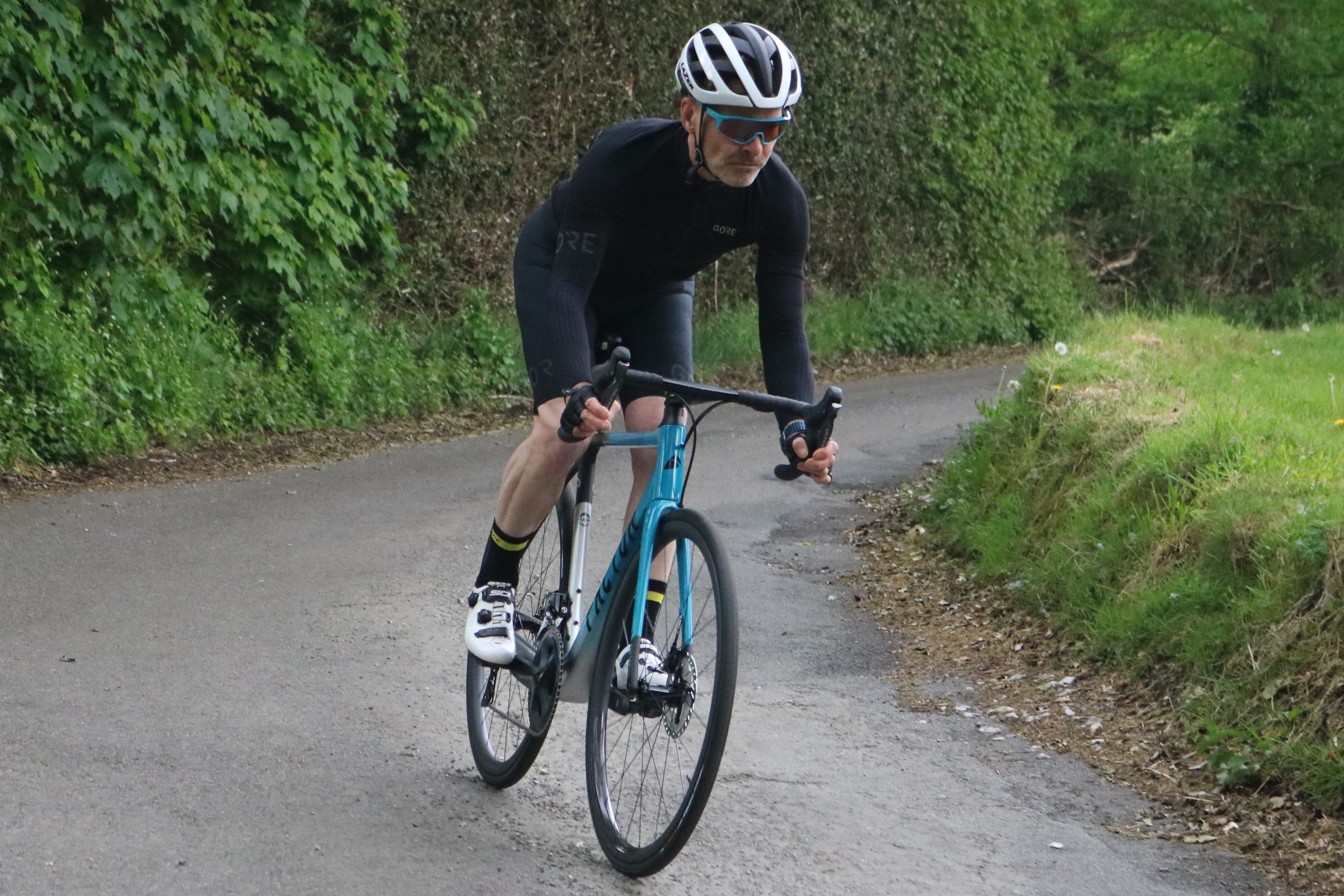Santa Cruz Stigmata review
The Santa Cruz Stigmata cyclo-cross bike comes with classy looks. But how does it handle out in the wild?

Santa Cruz Stigmata cyclocross bike
The Santa Cruz Stigmata is a class act, with great handling, well though-out components and eye-catching looks. The WTB tyres give good grip and can be run at low pressure off road. The Stigmata is comfortable to carry over trickier terrain too.
-
+
Superb off-road handling
-
+
Tyres work well even at low pressures
-
+
Striking looks
- +
-
-
Not cheap
-
-
Double ring set-up prone to dropped chains
- -
You can trust Cycling Weekly.

Santa Cruz is a brand with a huge reputation in mountain biking, with its machines ridden by multiple downhill world champion Steve Peat and by Danny MacAskill in many of his mind- blowing trick riding edits.
But hidden away among all those big-tyred bikes is its high-pedigree cyclocross offering: the Santa Cruz Stigmata. And it’s not a bike to be overlooked by cyclo-cross aficionados. Besides its bright orange paint job (for 2017, it's turned bright yellow; there’s a black version too), the frame was used by Paul Oldham when he won the Three Peaks cyclo-cross race in 2015.
>>> 15 stunning images of the 2015 Three Peaks cyclocross race
Watch: Cycling Weekly's cyclocross bike buyer's guide
The frame
The Stigmata’s frame is all angles and boxy sections: its seat tube in particular is almost square in section. It’s a classy look, with the tapered top tube and dropped seatstays offsetting the bulk of the down tube. Along with the low weight, this also makes the Stigmata comfortable to carry.
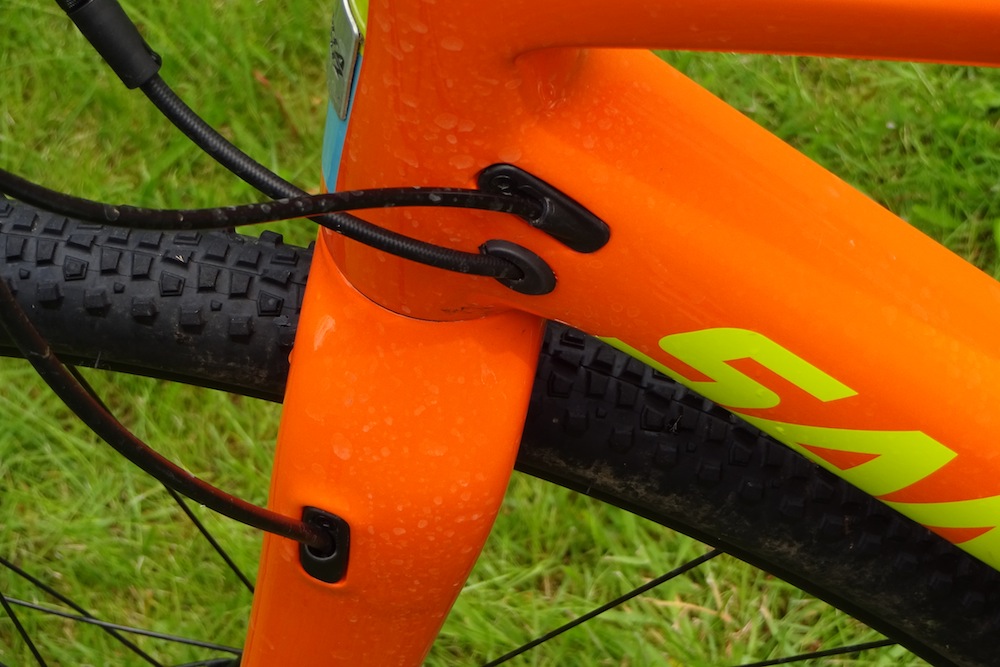
The Stigmata is Santa Cruz’s first bike with a PF30 bottom bracket. This does limit how far apart the chainstays can be placed though, and they have indents to add a bit of tyre clearance. The bridgeless seatstays and the chunky fork offer bags of space however, and mud build-up was never a problem, although I did experience some scuffing to the lacquer on the chainstays.
>>> Helen Wyman's power data show how hard cyclo-cross really is
The latest race content, interviews, features, reviews and expert buying guides, direct to your inbox!
All cables travel internally and there are front and rear thru-axles as well as two bottle cage bosses if you want to use the bike for longer off- road excursions.

The Stigmata comes in a CC variant as well as the C tested here. The CC uses a higher-modulus carbon-fibre to shave around 280g off the frame weight and is also available as a frameset-only for £2,099.
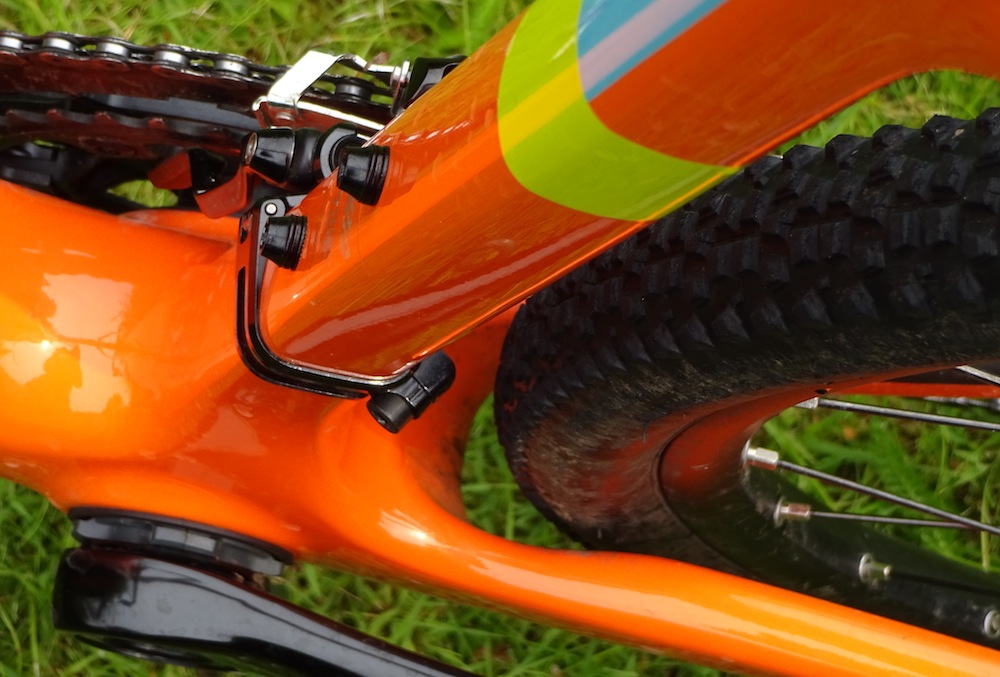
Specification
The Stigmata C comes with SRAM Rival 46/36t double- ring shifting and hydraulic brakes. The front mech is bolted on and handily includes a SRAM chain catcher. At the back there’s a SRAM 11-32t cassette with a long-cage derailleur to handle the wide range.
>>> Gravel and adventure road bike buyer's guide
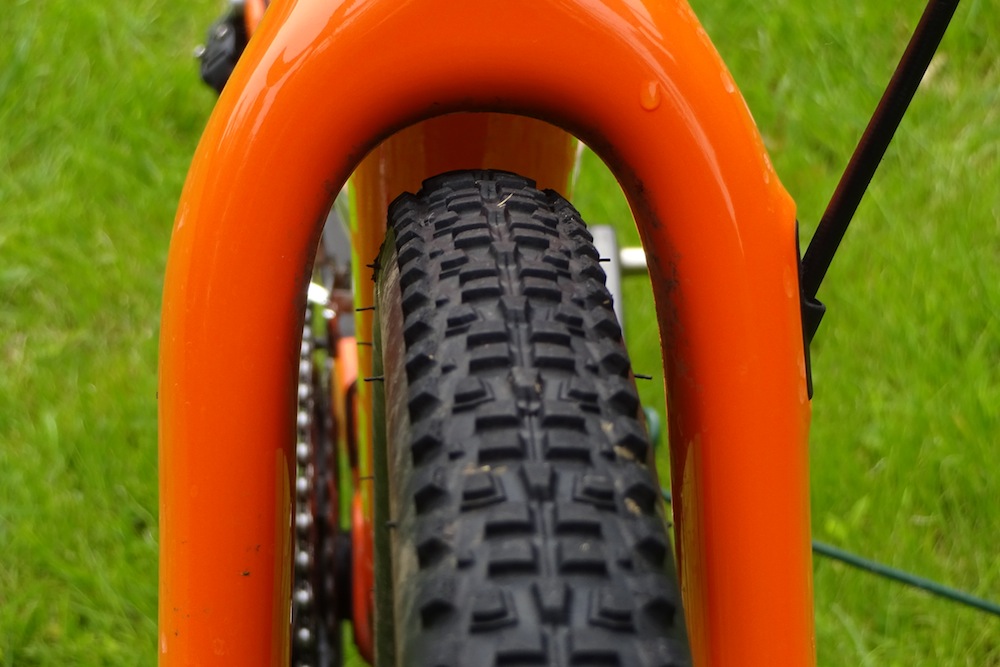
DT Swiss 370 hubs are laced to WTB asymmetric rims with high-volume, tubeless-ready WTB Cross Boss 35mm tyres. Finishing kit is Zipp Service Course alloy, with a WTB Silverado Pro saddle. This is quite narrow but has a fair amount of high-density padding and a non-slip surface.
Ride
You’d expect Santa Cruz to understand off-road geometry and the Stigmata does not disappoint — its handling is immensely competent on a variety of surfaces. I rode fast along unfinished, potholed farm tracks as well as through mud, puddles and ruts, including the length of the South Downs Way.
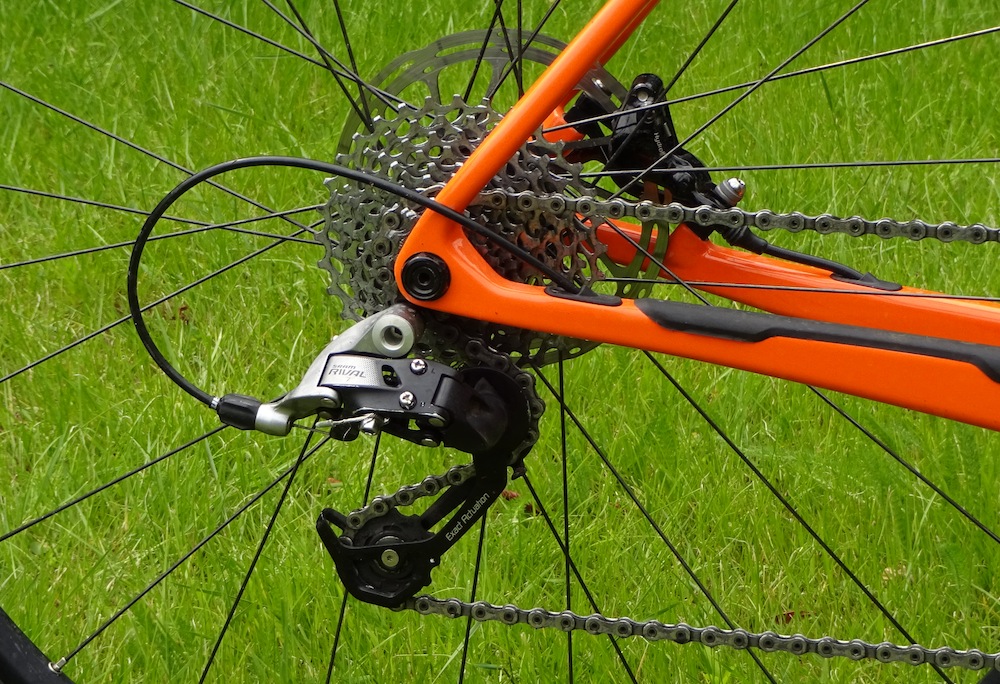
It took it all in its stride and gave the confidence to tackle tricky terrain, thanks in no small part to its relatively low weight and taut frame. As well as the frame’s slack fork geometry, the rim/tyre combination plays a large part in the bike’s great handling.
I was able to run the WTB tyres tubeless at 30psi or less without bottoming out on the rims, which gave great grip in mud and grass and rollover on rocky tracks. The close tread is prone to clogging, although this soon clears once on firmer ground and never seemed to result in much loss of grip. On the road 45psi was my go-to pressure and I was happy to ride several hours on tarmac in comfort and at a good pace.
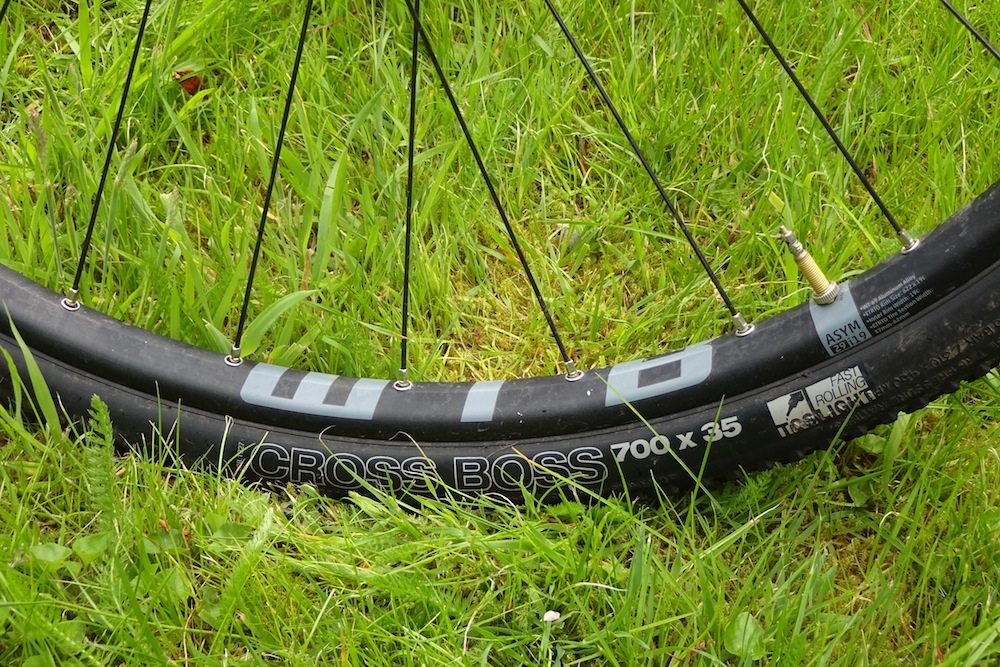
The Rival groupset shifted smoothly once set up properly, but there was significant chainslap over bumps and the chain was prone to drop when carrying the bike, despite the chain catcher. Santa Cruz specs SRAM 1 on its Stigmata CC, which should address these issues.
>>> Cycling Weekly Adventure Cross series
In conclusion
The Stigmata was one of the first cyclo-cross bikes to adopt thru-axles and slack fork geometry from moutain bikes and both handling and stability on uneven surfaces are exceptional.

PF30 bottom brackets have a reputation for being temperamental but I never experienced any creaking or problems. Less satisfactory was the tendency to lose the chain, with it often ending up wedged between the steel frame protector plate and the chainset — for racers, this could be more than frustrating.
Otherwise the Stigmata’s components are top notch: SRAM’s hydraulic brakes work well; the Zipp components are top quality; the WTB saddle is comfortable and the wheels and tyres are excellent. Overall, the Stigmata is a great option for mixed terrain riding and is comfortable enough for extended off-road rides. My only caveat for competition use is the drivetrain, which might need a chain retention device to keep it running in a racing situation.
Paul started writing for Cycling Weekly in 2015, covering cycling tech, new bikes and product testing. Since then, he’s reviewed hundreds of bikes and thousands of other pieces of cycling equipment for the magazine and the Cycling Weekly website.
He’s been cycling for a lot longer than that though and his travels by bike have taken him all around Europe and to California. He’s been riding gravel since before gravel bikes existed too, riding a cyclocross bike through the Chilterns and along the South Downs.
